July 15, 2008 - 9:56am

earth oven sand is out - more pics
as some rather large cracks were forming last night, i decided to pull out the sand.
and it didn't collapse, explode or catch on fire.
i spent an hour or so patching the cracks and then put a pan of charcoal inside to help with the drying process. tonight i'll light a small fire.
here i am putting the mud layer over the sand form:
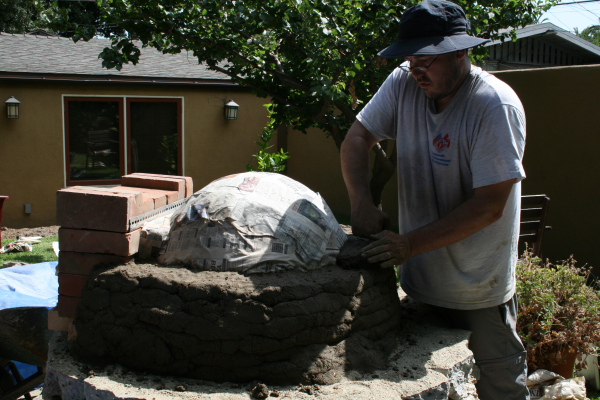
here are the pics of the cracks after one hot day of drying. i think i didn't use enough sand in my mud mixture:
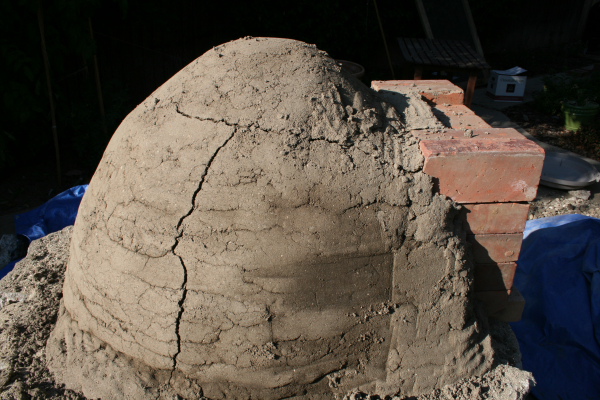
another view of the cracks:
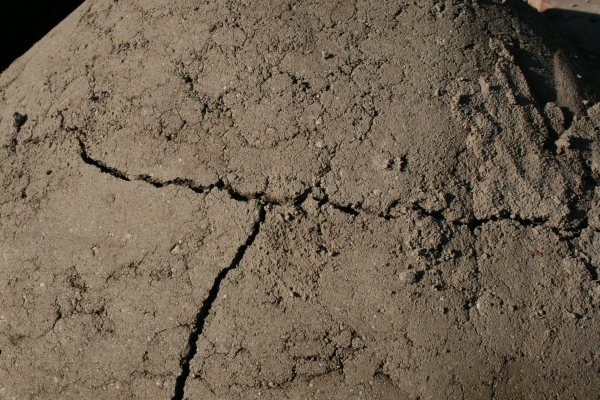
the oven without the sand form, after patching:
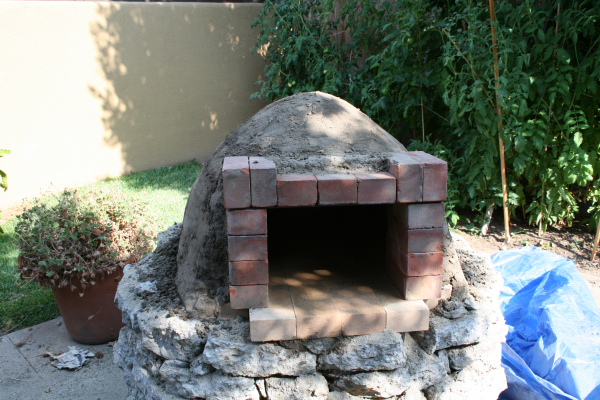
inside!:
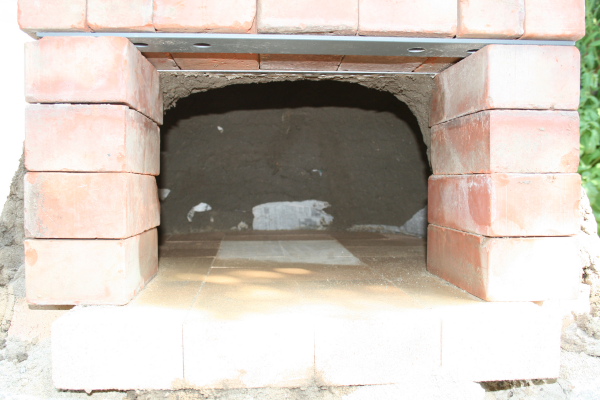
next: the insulation layer of mud and straw. so far so good!


Comments
More good vibes are a coming! Thanks for the pics and keeping us posted.
Mini O
Your pictures make me more and more determined to try constructing one.
I have almost enough concrete blocks for the base and I definitely have enough clay in my yard.
Now if the temps would just get out of the 90s and 100s!
I'm curious how much sand you used. Denzer says 2 or 3 parts sand to 1 part dirt but I've been using a 1:1 ratio (only done the dense subfloor so far) because my dirt seems pretty sandy to begin with. I'm not sure how to tell if the mix is right.
Your oven's looking great!
Susanfnp
http://www.wildyeastblog.com/
i used a 1:2.5:.25 dirt/sand/mortar clay ratio. i think i needed more sand and less clay.
i made a few test bricks, and the ball drop method in kiko's book was a pretty accurate way to tell if the mixture was working. he's right that you need to practice patting it down in order to make sure of an accurate result.
in retrospect, i think i would have used more sand to try and avoid the cracking. i just patched up more cracks on the inside this morning. for my patch, i used a 1:3 dirt/sand mixture, and that seems to resist shrinking after drying.
did you make test bricks? i used foil loaf pans (and then used them to portion the clay for building the oven later, as they were about 4 inches wide) and that helped me get my mixture down.
Thank you for the information. I did make test bricks and both a 1:1 and 1.5:1 sand:soil ratio produced strong bricks that didn't shrink too much. 2:1 was too sandy. I was able to get a good drop ball test with both the 1:1 and 1.5:1. The 1.5:1 brick was a little more crumbly around the edges when it dried, though, which is why I went with the 1:1 for the subfloor. But it's cracking a little as it dries, so maybe the 1.5:1 will be better for the oven wall. Maybe it just doesn't matter that much. Anyway, I don't mean to hijack your thread with my ponderings -- looking forward to more photos from you!
Susanfnp
http://www.wildyeastblog.com
you're not hijacking it.
my subfloor had a huge crack in it too - i think it is just the nature of the material. that said, i think my thermal layer had way too many cracks in it and could have used more sand, but my patches seemed to hold nicely. i fired it fully for the first time tonight (i'm going to do the insulation layer on sunday) and so many cracks opened up. it still cooked off four pizzas nicely, and then my daughter's sweet potatoes afterwards.
just go for it.
If you look at it under a magnifying glass or microscope, has it round or sharp edges? Would it make a difference?
Other thoughts:
Just like scoring a loaf, try to control cracking. Make deep "v" cuts where the cracks should appear, then fill later. Makes it possible to add a design or pattern as well. Any wet clay will shrink as it dries, shrinking causes cracks, controlled straight cracks are much easier to fill than random jagged ones. Scoring clay mass to resemble brick domes is one idea in controled cracking, a spiral from top to bottom is another, think igloo.
The basic idea behind building with bricks and mortar is that the bricks have stopped shrinking, the mortar naturally will a little (unless it's cement), then everything is smeared over thinly, layer after layer including cracks. Expansion joints (wide cracks) need to be considered between walls and floor as they continually swell, dry, heat up, cool down, expand and shrink at different rates. If the floor is "floating," not attatched directly to walls and base, it's less apt to crack. Slow drying also helps.
Mini O
the sand is "sharp," the kind typically used for concrete.
great idea about scoring. if i ever do this again, i'll definitely incorporate that.